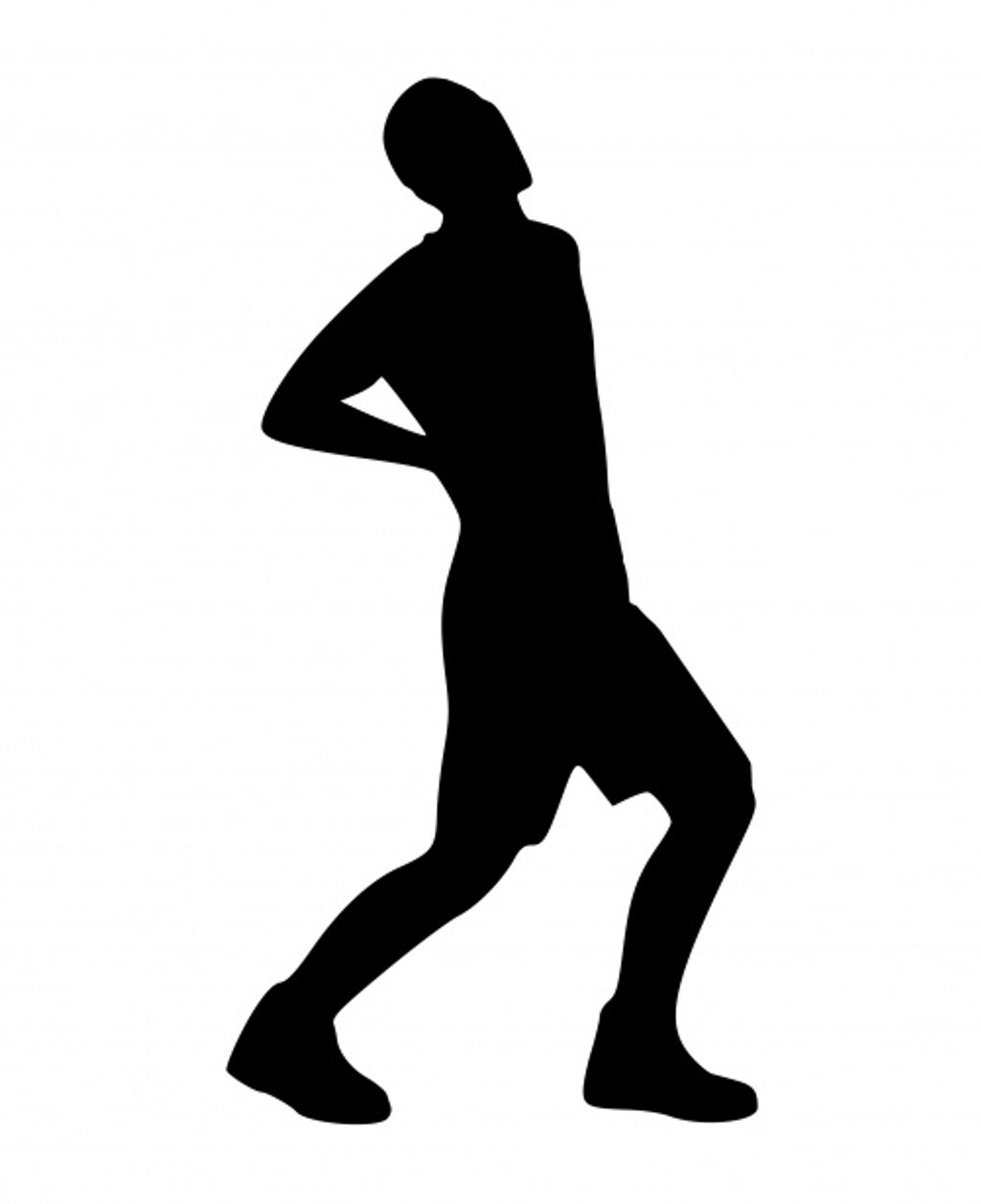
From Relief to Control: Strategies for Effective Pain Management
Navigating the Pain Management Maze

Understanding the Pain Experience
When it comes to pain, it's a real personal rollercoaster, isn't it? Each person's experience is as unique as their fingerprint, shaped by a complex mix of biological, psychological, and social factors. Pain is not just a symptom; it's a full-blown sensory and emotional experience that can turn your world upside down.
But here's the kicker: pain isn't just about the ouch. It's also about how we interpret that ouch. Two people might have the same injury, but their pain levels can be worlds apart. Why? Because our brains are the maestros conducting our pain orchestra, and they can play some pretty wild tunes.
- Biological factors: These are the nuts and bolts of pain, like tissue damage and inflammation.
- Psychological factors: Your mood, beliefs, and stress levels can turn the volume up or down on pain.
- Social factors: Support from friends and family, or the lack thereof, can also impact your pain experience.
Remember, understanding your pain is the first step towards managing it. It's like getting to know an unwelcome guest in your house – the better you understand them, the better you can cope with their presence and show them the door.
Exploring Non-Pharmacological Approaches
When it comes to taming the beast of pain without reaching for the medicine cabinet, there's a whole world of options out there. Mind-body techniques, like meditation and yoga, aren't just for the spiritually inclined; they're powerful tools that can help you get a grip on pain by calming the mind and strengthening the body.
Relaxation isn't just about kicking back with a good book—though that's not a bad start. It's about finding activities that decrease stress hormones and increase those feel-good endorphins. Here's a quick rundown of some popular methods:
- Acupuncture: Needles might seem counterintuitive, but many find relief through this ancient practice.
- Massage Therapy: It's not just for spa days; it's a legit way to ease muscle tension and pain.
- Physical Therapy: Tailored exercises can help you move past the pain and regain function.
- Biofeedback: Learn to control bodily processes that are normally involuntary, like heart rate, to manage pain.
Remember, the goal isn't just to distract yourself from the pain—it's to engage in practices that foster long-term well-being and pain reduction.
Empowering Self-Management
Taking charge of your own pain management can be a game-changer. It's about equipping yourself with the tools and knowledge to lessen the grip pain has on your life. Self-management is not a solo journey; it involves working with healthcare professionals to create a personalized plan that fits your lifestyle.
Self-efficacy is key when it comes to managing pain. Believing in your ability to influence your pain can significantly impact your management success. Here are a few strategies to boost your self-efficacy:
- Educate yourself about your condition and pain management options.
- Set realistic goals and celebrate small victories.
- Develop a support network of friends, family, and others with similar experiences.
Remember, self-management is about finding what works for you and adapting as your needs change. It's a dynamic process that requires patience and persistence.
While self-management is empowering, it's important to recognize when to seek help. If your pain escalates or your strategies are no longer effective, don't hesitate to consult your healthcare provider.


